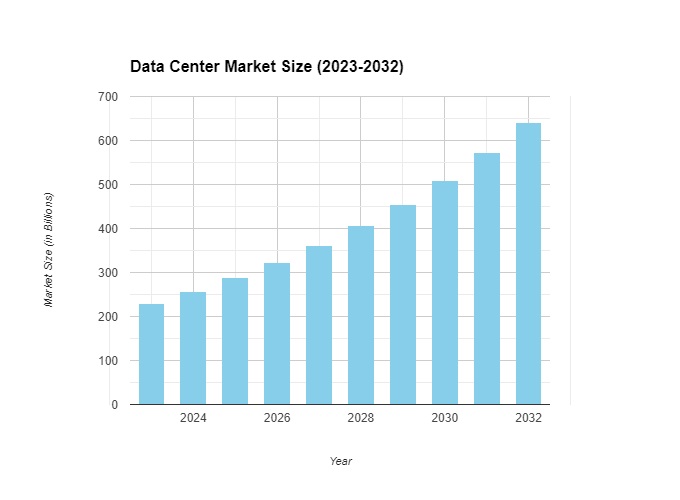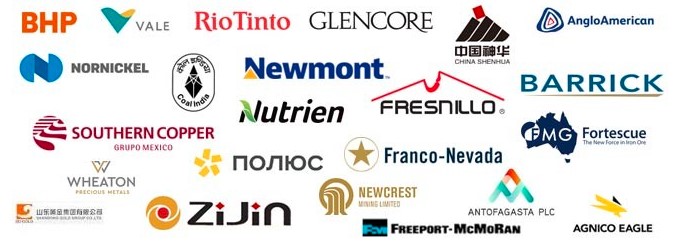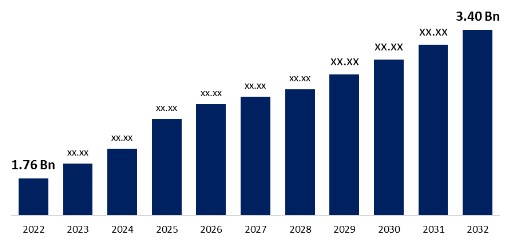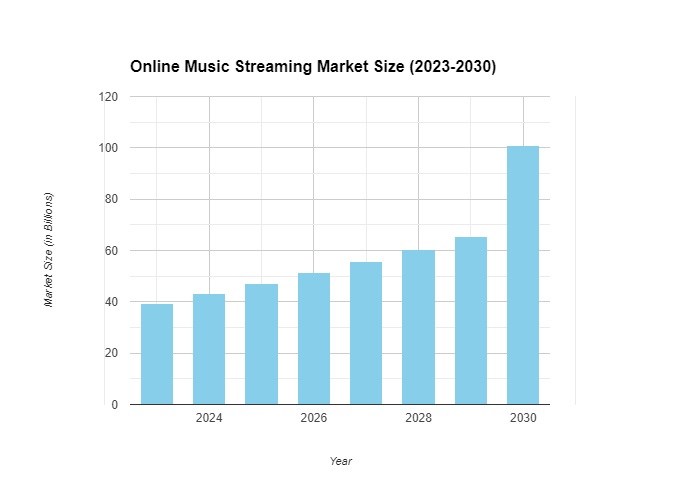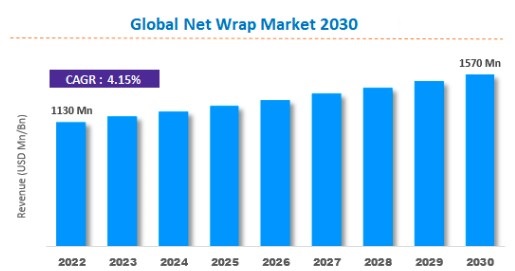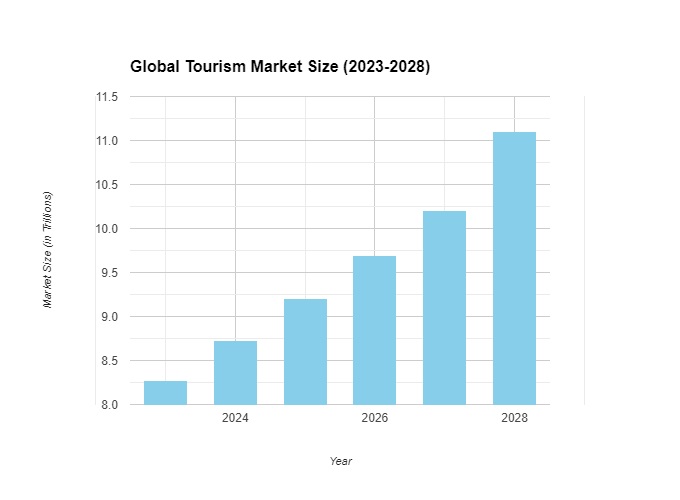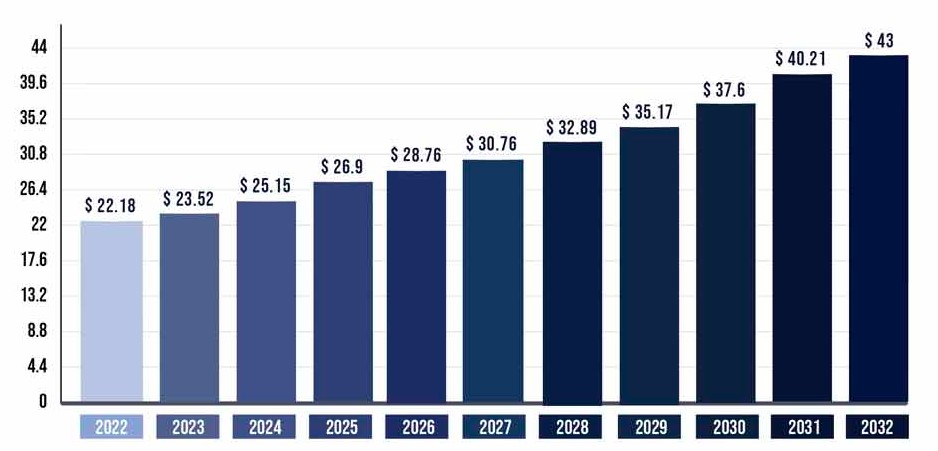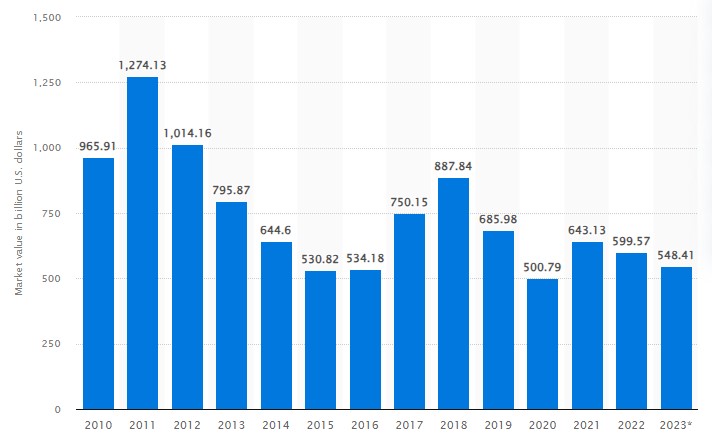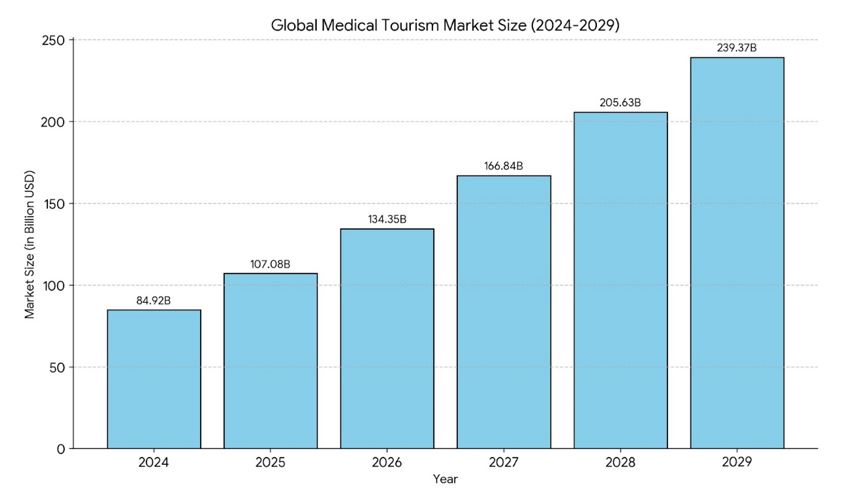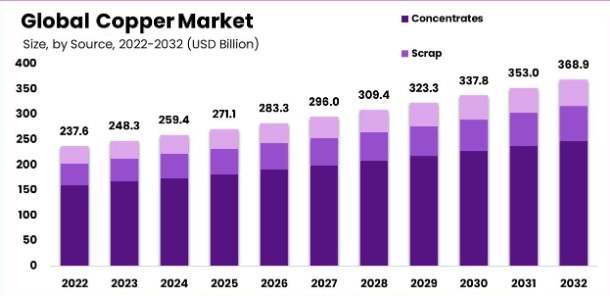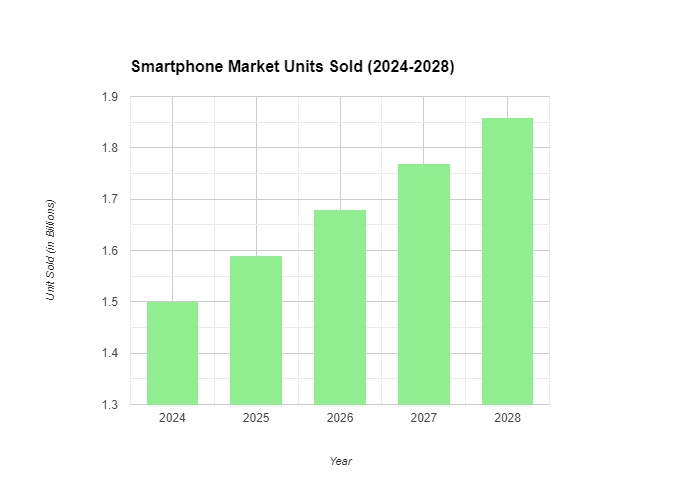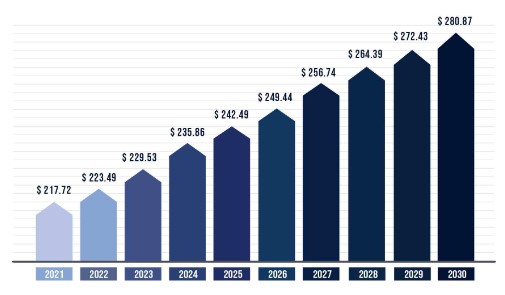The global gluten-free products market, valued at USD 6.5 billion in 2022, is experiencing substantial growth, with a projected CAGR of 8.8% from 2023 to 2032. The market is anticipated to reach USD 15.1 billion by 2032. Key drivers include the increasing demand for gluten-free products, primarily fueled by health-conscious consumers and those with gluten-related dietary preferences.
Introduction to Gluten-Free Diet:
A gluten-free diet is not only essential for individuals with gluten sensitivity or celiac illness but is also adopted by those seeking digestive system improvement, enhanced cholesterol levels, increased energy levels, and weight loss. Gluten, found in grains like barley, rye, and wheat, is absent in gluten-free products. The market is witnessing growth from both medical necessity and lifestyle choices.
Market Dynamics:
Drivers:
- Growing Demand: The market is expanding due to the rising demand for gluten-free products, driven by increased consumer awareness of health issues and gluten-related dietary preferences. Food manufacturers offering gluten-free options are catering to a larger consumer base seeking alternatives for lifestyle and health reasons.
Restraints:
- Lack of Celiac Disease Awareness: The market faces challenges due to a lack of awareness regarding celiac disease, leading to the underutilization of gluten-free products. Misdiagnoses and low awareness of gluten-related health issues limit market growth.
Opportunities:
- Increasing Allergy Awareness: Rising awareness of gluten-related sensitivities presents a significant opportunity. As more people become conscious of celiac disease and gluten intolerance, the demand for gluten-free products is on the rise. This awareness opens doors for market expansion and product diversification.
Recent Developments:
In November 2022, Rage Coffee introduced gluten-free snacks, including coffee peanut bars, caffeine almond bars, and chocolate oat cookies, catering to the demand for healthy snacking.
In December 2021, Indian company Wild Drum launched gluten-free hard seltzers, providing alcoholic beverages with real fruit flavorings in mango, lemon-mint, and pure varieties.
In April 2021, KRBL Limited introduced "India Gate Rice Flour," a gluten-free product commonly used in pasta, rice noodles, bread, snacks, and roti.
Regional Segmentation Analysis:
North America emerged as the largest market, holding a 38.9% revenue share in 2022. The region's dominance is attributed to the prevalence of gluten-free offerings, increased awareness of celiac disease, and the growing demand for healthier food choices.
Product Segment Analysis:
The bakery products segment led the market in 2022, with a share of around 19%. The rising demand for gluten-free bread, coupled with increased awareness of healthy eating, contributes to the segment's growth.
Distribution Channel Segment Analysis:
Supermarkets and hypermarkets dominated the distribution channel segment with a 28% market share in 2022. The accessibility of a wide range of gluten-free products under one roof facilitates consumer choice and promotes category growth.
Key Market Players:
- General Mills, Inc.
- Koninklijke Wessanen N.V
- ConAgra Brands, Inc.
- THE HAIN CELESTIAL GROUP, INC
- VALEO FOODS GROUP LTD
- Freedom Foods Group Limited.
- Kellogg Company
- MONDELEZ INTERNATIONAL INC
- Quinoa Corporation
- THE KRAFT HEINZ COMPANY
The global gluten-free products market is poised for significant growth, driven by consumer preferences for healthier food options, increased awareness of gluten-related issues, and innovative product offerings by key market players.


